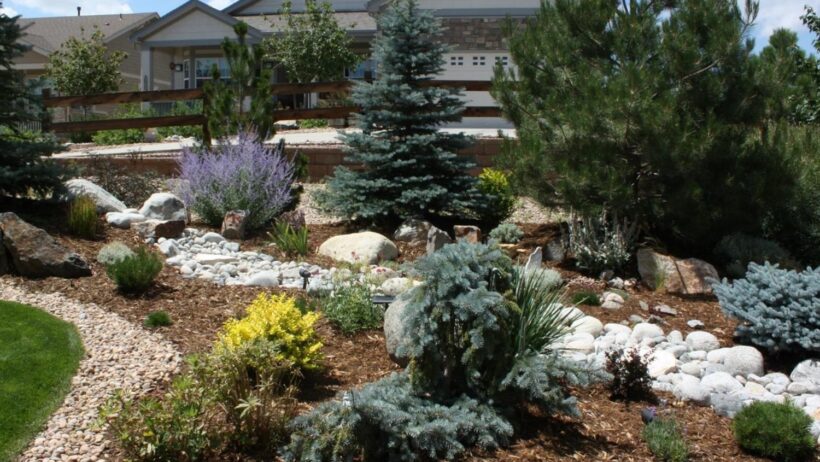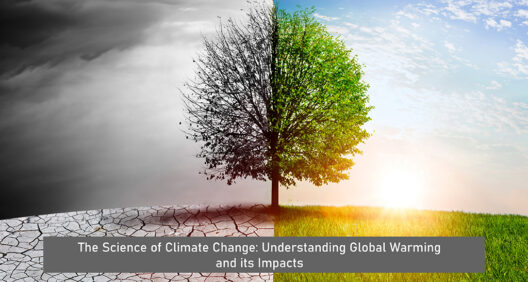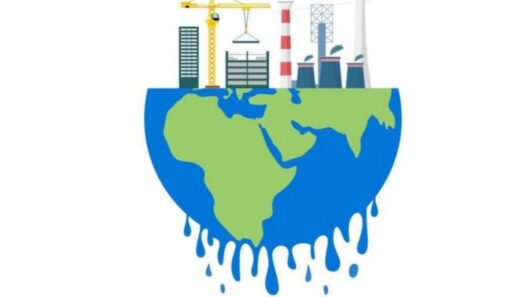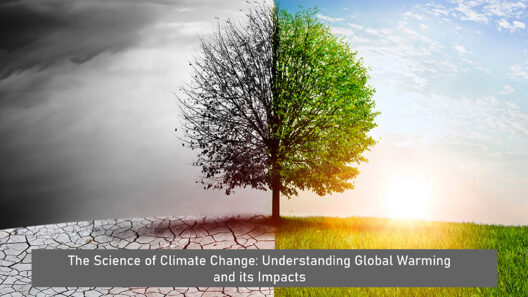In the expansive tapestry of our planet’s ecosystem, water serves as one of its most vital threads. It is often said that water is the elixir of life, a sentiment echoing across cultures and generations. However, in the face of accelerating climate change, this precious resource is becoming increasingly scarce. The captivating concept of “water-wise climates” heralds a paradigm shift: not merely conserving water, but embracing its role as a cornerstone in the fight against global warming. It is a symbiotic relationship where efficiency unravels the threads of excess and mendacity woven into human consumption patterns.
Every drop of water we save resonates beyond our immediate surroundings. The interplay between water conservation and carbon reduction creates a cascading effect, akin to the gentle ripple of a stone thrown into a serene pond. When we utilize water judiciously in our homes, gardens, and industries, we are effectively curbing the energy demand associated with water extraction, treatment, and transportation.
Consider for a moment the energy-intensive process behind supplying water. From the moment it is extracted from rivers or reservoirs to its journey through pipes, pumping stations, and water treatment facilities, this fluid journey leaves an insatiable carbon footprint. It is a convoluted pipeline where, like veins in a body, every element must function in harmony. By adopting water-efficient practices, we can shrink this fossil-fueled artery. For instance, employing rainwater harvesting systems can alleviate the burden on municipal water supplies, drastically reducing the energy expended on treatment and transport.
Moreover, the ripple effect extends to our gardens and landscapes. Transitioning toward water-wise gardening does not merely mitigate the depletion of this elemental resource; it nurtures biodiversity and sequesters carbon within the living soil. Choosing native plants that are intrinsically adapted to the local climate diminishes water reliance while simultaneously offering a sanctuary for local wildlife. These flora serve as ecological bastions, filtering pollutants and fostering an intricate network of life. Think of them as nature’s fortress—each plant a soldier defending against the encroachment of climate instability.
Additionally, the integration of xeriscaping—a landscaping technique designed to reduce or eliminate the need for irrigation—exemplifies the delicate ballet between aesthetic beauty and practical efficiency. Utilizing drought-resistant plants, decorative gravel, and strategic placement based on sun and shade, xeriscaping cultivates vibrant ecosystems that thrive even in arid conditions. Each meticulously chosen element contributes to a larger narrative of resilience, as landscapes transform into veritable oases amidst the escalating droughts and heatwaves prompted by climate change.
Notably, water conservation also intersects with urban planning. As cities burgeon and expand, the infrastructure must adapt to maintain equilibrium. Implementing green infrastructure—such as permeable pavements and green roofs—not only conserves water but also moderates the urban heat island effect. It is an urban symphony where water becomes the conductor, harmonizing the needs of the environment with the demands of civilization. Such measures mitigate flooding, improve air quality, and invite biodiversity into concrete landscapes, amplifying the call to arms against climate change.
Furthermore, the psychological dimension of water-wise practices cannot be understated. Engaging communities in water conservation fosters a sense of stewardship and collective identity. It is akin to planting seeds of awareness, wherein individuals become ambassadors of change, each one nurturing the growth of sustainable habits in their circles. Workshops, educational programs, and advocacy initiatives can elevate the discourse on water as a shared resource, encouraging collaborative efforts that transcend typical boundaries of influence.
In a world where resources vanish like mirages on horizons, embracing water conservation to combat global warming becomes imperative. The climate crisis is an intricate puzzle, and water is a critical piece. Every conservation effort translates into a tangible act of defiance against rising temperatures. It is a clarion call to rethink consumption, recognizing that the way we allocate our water has far-reaching ramifications.
As we navigate the choppy waters of climate change, employing a water-wise ethos engenders hope. It positions humanity as a proactive force, ready to adapt, innovate, and regenerate the environmental legacy we leave behind. It reminds us that small acts—be it fixing a leaky faucet, installing low-flow toilets, or embracing drought-tolerant landscaping—can collectively forge a formidable bulwark against climate volatility. Each action, a drop falling into an ocean of possibility, engenders ripples that challenge the status quo.
Ultimately, water-wise climate practices illuminate a path forward, one which intertwines environmental integrity with community resilience. It beckons us to rethink our role within the broader ecosystem and to champion water as not simply a necessity, but as a transformative lever in the grand theater of climate action. In nurturing the delicate balance between human needs and environmental stewardship, we embark on a journey towards a sustainable future—a future where water, our invaluable ally, paves the way for rejuvenation rather than depletion.
Thus, let us rise to the occasion. Let us harness the power of prudent water management. For in doing so, we do not merely conserve a critical resource; we actively engage in the monumental endeavor to stave off global warming, carving a legacy that transcends time, echoing through the echelons of generations yet to come.








